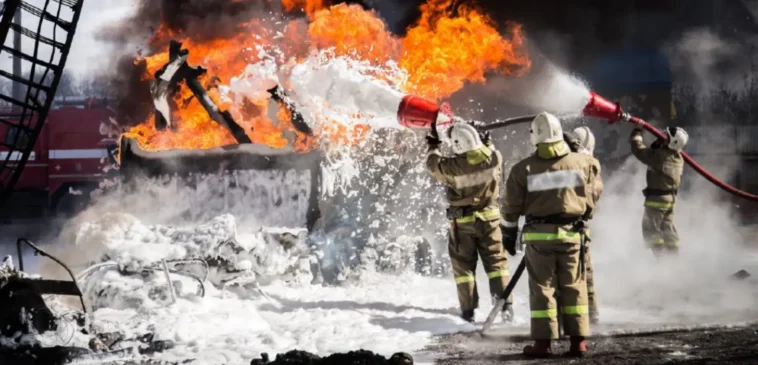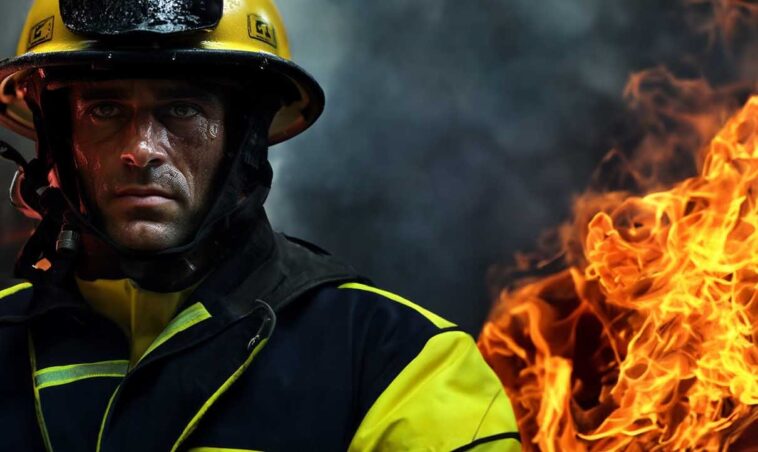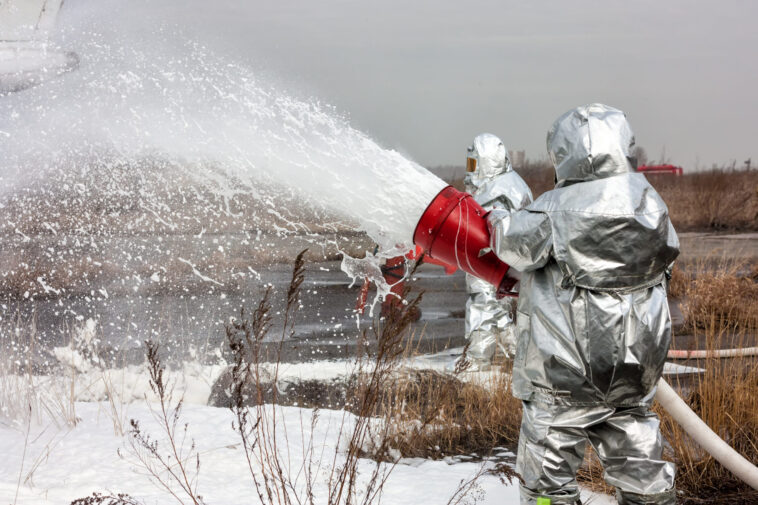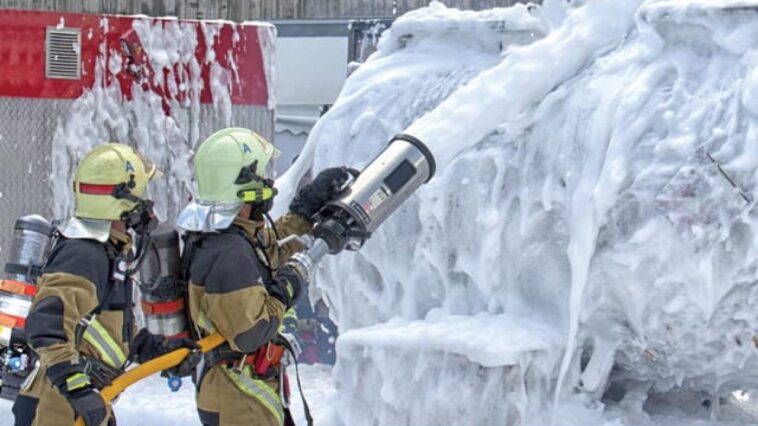Aqueous Film-Forming Foam (AFFF) is like that superhero with a dark secret. Sure, it swoops in to save the day, putting out dangerous fires that water alone can’t handle. But what if I told you this hero has a villainous side? Yep, we’re talking about chemicals—nasty ones—that can put you at risk for cancer. Let’s dive in.
What Makes AFFF So Effective Yet So Risky?

Imagine you’re a firefighter, and you’ve got a raging petroleum fire in front of you. You need something that can snuff it out fast. That’s where AFFF comes in. It forms a blanket over the fire, cutting off its oxygen supply. But here’s the kicker: the chemicals making it so effective are the same ones putting your health at risk. We’re talking about PFAS, specifically Perfluorooctanoic acid (PFOA) and Perfluorooctane sulfonate (PFOS). Even the U.S. Environmental Protection Agency (EPA) labels them as “emerging contaminants.” That’s code for “Hey, this stuff might be bad for you.”
The Health Risks: More Than Just a Gut Feeling
You don’t have to take my word for it. Major health organizations like the CDC, EPA, and the American Cancer Society have all raised red flags. If you’re a firefighter exposed to AFFF, you’re rolling the dice with a long list of cancers. We’re talking everything from bladder and breast cancer to leukemia and lymphoma. And let’s not forget about thyroid disease and ulcerative colitis. Yeah, it’s a scary list.
The Legal Side of Things: AFFF Lawsuits

So, what can you do if you’ve been exposed? First off, know that you’re not alone. Many are turning to AFFF lawsuits to get compensation for medical bills and other damages. If you or someone you love has been diagnosed with cancer after AFFF exposure, there are legal paths you can take. It’s not just about the money; it’s about holding responsible parties accountable.
Who’s Most at Risk?
If you’re a firefighter at an airport or in the military, listen up. You’re in the high-risk zone. Until 2018, the FAA actually required the use of this PFAS-packed foam. And the U.S. military? They’ve been using AFFF since the ’60s, even in training exercises. So, if you’re in these lines of work, it’s crucial to know what you’re up against.
The Shift in Regulations: What’s Being Done?

Okay, so we’ve talked about the risks, but what’s being done to protect our firefighters and the general public? Good news: steps are being taken to phase out the use of PFAS in firefighting foams. The National Defense Authorization Act for Fiscal Year 2020 has provisions that aim to end the military’s use of PFAS-containing foams by 2024. That’s a start, right?
But what about civilian firefighters, especially those at airports? The FAA Reauthorization Act of 2018 allows, but doesn’t require, civilian airports to switch to PFAS-free foams. So, it’s a choice, but at least it’s a step in the right direction.
The Bottom Line
AFFF has been a game-changer in firefighting, no doubt about it. But it’s also a game-changer for your health—and not in a good way. As we become more aware of the risks, it’s crucial to weigh the benefits against the potential harm. And if you’ve been affected, know your rights and consider your legal options.
So, the next time you hear about AFFF, remember: it’s a hero with a dark side. And like any good story, it’s up to us to figure out how it ends.





